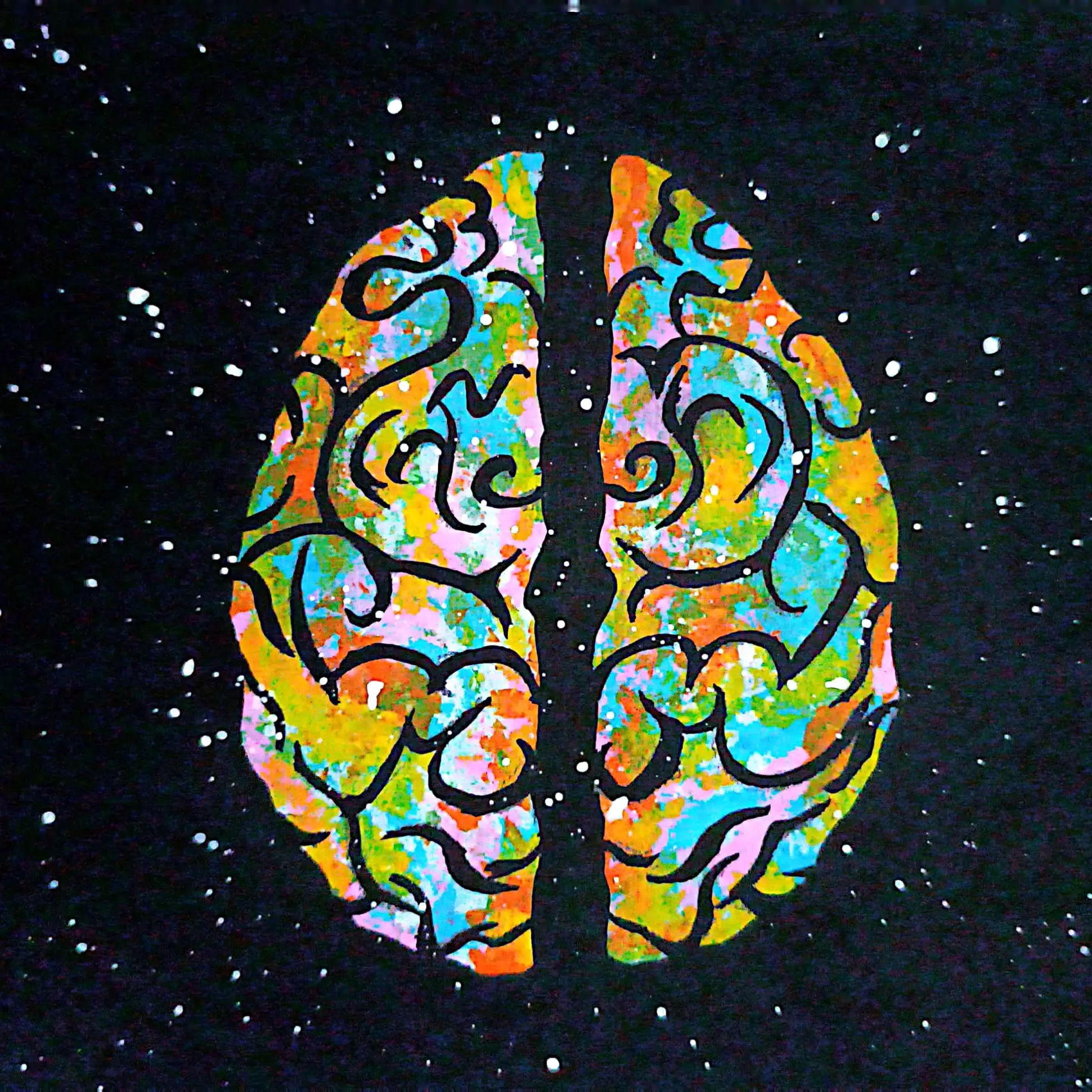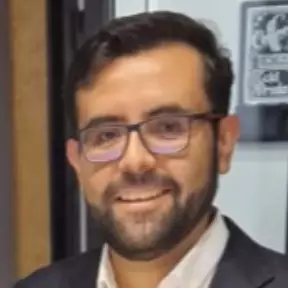Stroke in children
The diagnosis of stroke is usually associated with older age, but its occurrence in the pediatric population cannot be considered rare. Early recognition of the symptoms, which are summarized by the acronym "BE FAST", is especially important for early diagnosis. This and the subsequent use of appropriate diagnostic methods will allow us to start adequate treatment in the shortest time possible, which is absolutely essential for the patient's final prognosis.
Review
Ischemic vascular events (ICMP) in children are among the most complicated conditions in acute pediatrics. Their rare occurrence, a wide variety of triggering factors, as well as typical specifics for children's age (e.g. patients cooperation, in some cases the need for anesthesia to perform neuroimaging methods, etc.) cause difficult diagnostic and therapeutic management. The key is the early recognition of ICMP, which leads to correct and quick treatment, and thus to the improvement of the patient's prognosis.
The interactive algorithm "ICMP in a child" brings the issue closer to medical students and doctors in an appropriate way - the algorithm is clear and comprehensible, the case report is well presented. The user will experience several roles and the theoretical part is quite sufficient.
In conclusion, the interactive algorithm fulfills the educational goal, and I believe that it will raise awareness of this issue not only among medical students but also among doctors.
Sources
ČEŠKA, Richard, TESAŘ, Vladimír, Petr DÍTĚ a Tomáš ŠTULC, ed. Interna. Praha: Triton, 2010. ISBN 978-80-7387-423-0.
KLUČKA, Jozef, et al. Pediatric Patient with Ischemic Stroke: Initial Approach and Early Management. Children, 2021, 8.8: 649.
Learning targets
2. The student knows the basic steps in the treatment of a stroke in a pediatric patient.
3. The student knows that quick recognition of a stroke is key, which leads to early treatment.
Key points
2. Stroke can manifest itself as an asymmetric movement disorder, altered state of consciousness, headache, changes in the visual field, and speech disorders.
3. Risk factors for stroke in children are mainly procoagulant states, metabolic diseases, heart diseases, central nervous system infections and trauma.





